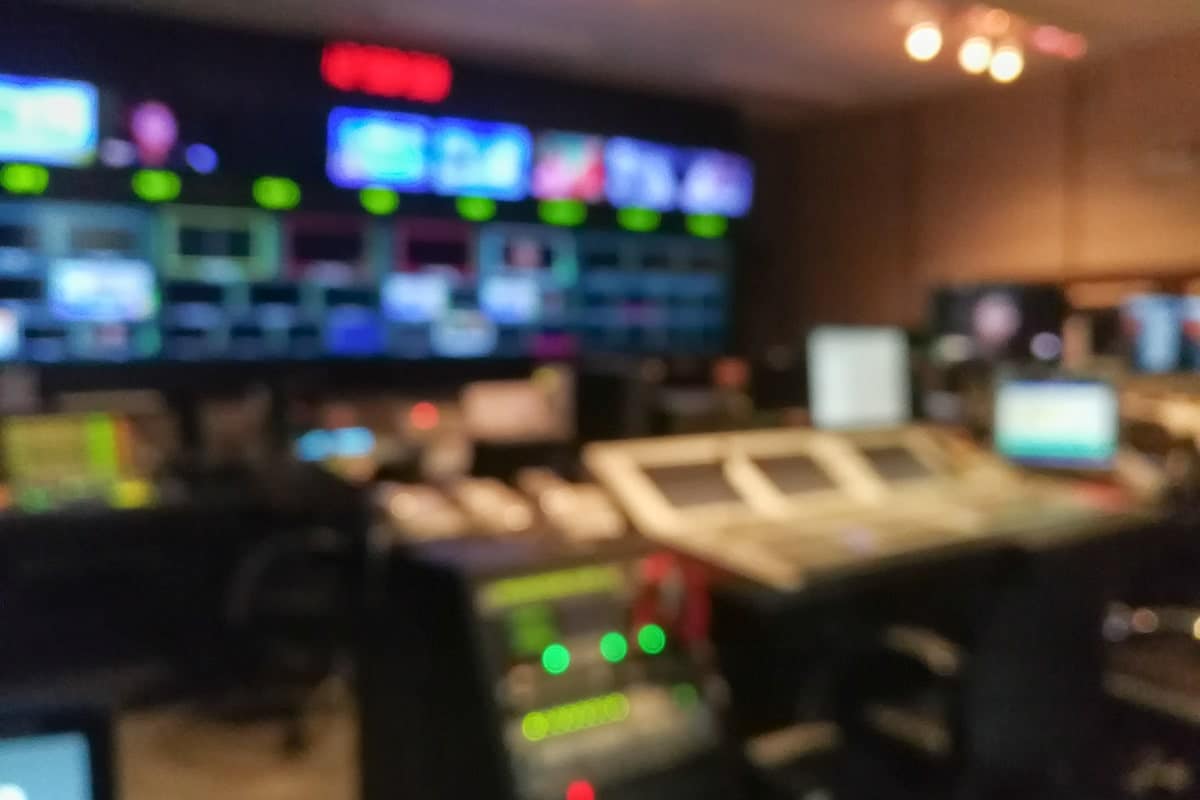
Launching media products and services requires much more than developing and integrating the right technology solutions. This is because audiences who ‘consume’ media expect a high-quality experience. This means that the appropriate service management and monitoring tools, support systems, processes and training need to be in place.
This case study uses examples of media products and services that have been developed and launched over the last 10 years to draw out best practice from this experience.
The largest TV companies in the UK are required by Ofcom regulations to deliver on-air subtitles for live programmes. Two of the largest stations had specific requirements covering seven live news and sports TV channels on a 24×7 continuous basis where the prime service delivery requirements were accuracy and minimal delay to the programme as seen by the viewer. The operational setup involved recruiting and training 50 staff and installing technology at the point of subtitle origination and in the broadcasters’ transmission chain.
The service which covered 20,000 hours of live programmes per annum continually evolved to deal with different points of programme origination e.g. breaking news reports and high profile outside broadcast events such as Premier League Football games and the first live TV election leaders debate.
Support models for OTT TV benefit from the abundance of data available from connected devices and content delivery networks. This enables service providers to use artificial intelligence to automatically manage networks to optimise the quality of experience and provide a highly responsive and tailored service for users. A challenge for service providers is the sudden ramp up and ramp down of user demand particularly with applications such as live sport.
This means building a development environment is essential to simulate different traffic load profiles before going live. A development system also enables testing of change. Given the numerous devices associated with OTT networks change is prevalent and a robust change test process is therefore advisable.
OTT TV dashboards are valuable resources which provide user-specific data to enable first/second/third level support views as well as management and vendor screens.
The right mindset for managing live broadcast events is “plan for the worst and expect the best”. There is only one opportunity for success therefore nothing can be left to chance. For example:
The nature of TV on-air advertising can be very “last minute”, with advertisers sometimes selecting adverts within a few hours of going on-air. The associated post-production and delivery workflow has many components, especially when multi-lingual and regional variations are required. Increasingly advertisers want subtitling to serve the hard-of-hearing community.
A ground-breaking service was put in place to deliver originating media from an advertiser via post-production and subtitling suppliers to TV broadcasters. Key result areas were subtitle production speed and media quality. The service required multi-stakeholder coordination, delivery of new technology infrastructure and a totally new service delivery workflow.
Sign up to receive updates on how we’re transforming capabilities in broadcast and media